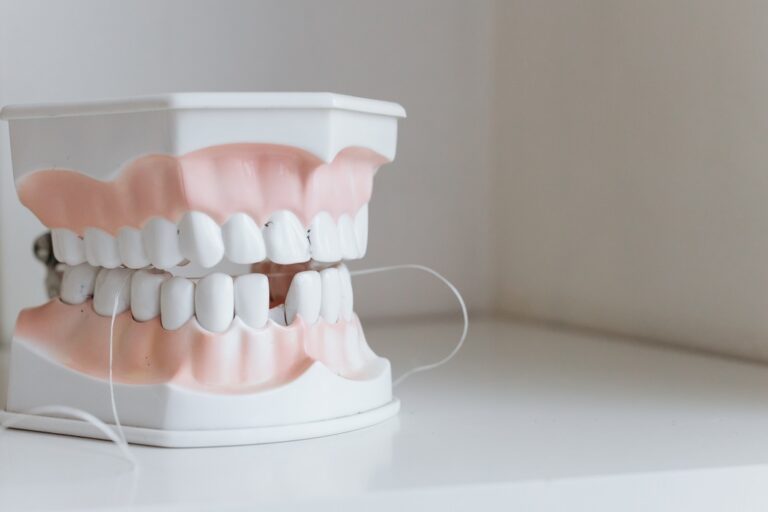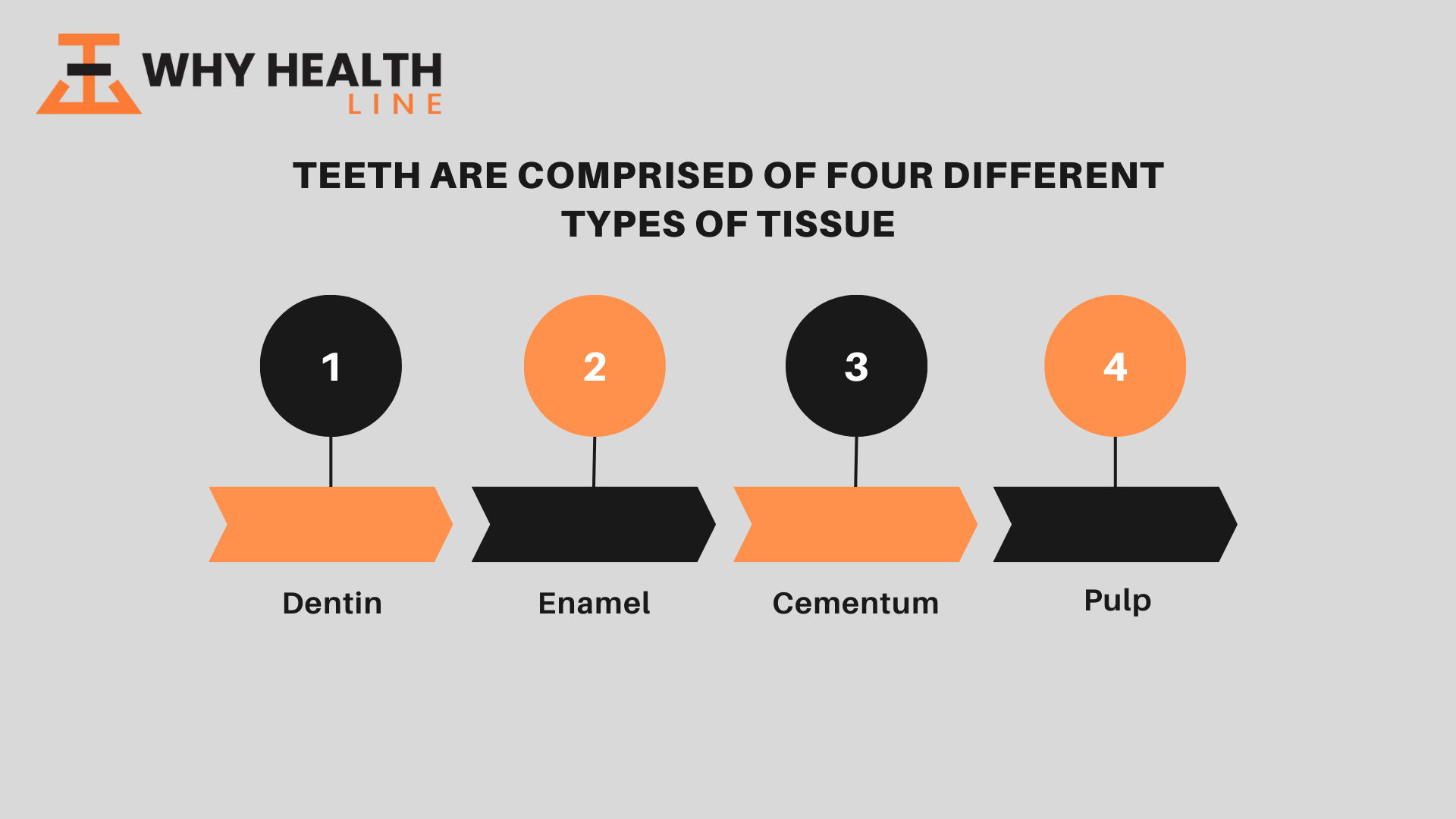
Teeth do look like bones. They are hard, strong, dense, white, and occasionally break. They are composed mainly of calcium and also have a solid outer casing with a soft interior portion, just like bones. But teeth are not bones.
Though they might look alike and are made from similar materials, still, they have various distinctive attributes that set them apart from each other.
Are Teeth and Bones Made of the Same Thing?
Teeth and bones are made up of similar materials, but they are not exactly the same thing.
Composition of Bones:
Our bones comprise phosphorus, calcium, sodium, and other minerals, but most contain the protein collagen in their composition. Collagen is a growing and living tissue that provides our bones with a flexible framework that allows them to withstand strain and pressure.
Whereas calcium fills in the space around this flexible framework and makes the bone strong enough to support our body’s weight.
The exterior of bones is composed of a dense, smooth, slippery membrane, the periosteum, which lines the outer surface of most bones. Periosteum contains osteoblasts that are involved in new bone growth and repair.
Our bones generally consist of 30% of this flexible matrix that is interwoven with about 70% of bound minerals. This unique composition gives our bones their strong and hard yet flexible properties.
Bone Matrix:
This matrix consists of elastic collagen fibers and is considered the main organic component of the bone.
Bound Minerals:
These are the inorganic components of bone that mainly consist of hydroxyapatite. It is a dominant bone mineral and comprises a lot of calcium in its composition.
Composition of Teeth:
Teeth are not classified as breathing and living tissues; however, they consist of various substances and tissues, including cementum, dentin, enamel, and pulp. Enamel coats teeth’s outer surface and is considered to be the hardest substance found in the human body.
But it is incapable of regenerating itself if damage occurs, which is the main reason why we have to treat cavities and tooth decay quickly to avoid severe consequences.
Teeth are Comprised of Four Different Types of Tissue:
-
Dentin
Dentin is a strong and hard structure that makes up the bulk of our teeth. It is a calcified tissue that lies just below our enamel and is quite similar to bone.
-
Enamel
Enamel is the hardest substance in our body. It has no nerves and it can’t repair or regenerate itself if significant damage occurs. Therefore, it is crucial to treat tooth decay and cavities sooner in order to prevent severe oral issues later in life.
-
Cementum
The cementum is a tissue that helps our teeth to stay in place and covers the roots, under the gum line. Teeth also contain other minerals, but they do not have any collagen, as they are not living tissues.
That’s why it is important to maintain good oral hygiene and immediate dental help if any damage occurs since early damage to teeth cannot be naturally repaired.
-
Pulp
The pulp is the innermost layer of teeth and is filled with soft connective tissues. It also contains various blood vessels and nerves.

Common Similarities and Differences Between Teeth and Bones:
Despite the fact that teeth are not bones, they certainly share a lot of similarities. Although they have various differences as well that have helped us to recognize them as different types of tissues.
What They have in Common:
- Both our teeth and bones contain a lot of calcium.
- They are both teeth and bones very resilient, strong, and hard.
- Teeth and bones Contain collagen.
- Teeth and bones are Considered organs.
Dissimilarities:
- Only our bones are able to heal and regenerate themselves.
- Our teeth can get cavities.
- Teeth are used for eating.
- Bones are used for support and movement.
- Teeth do not have a periosteum.
Bottom Line:
Hence, our teeth cannot be considered bones because they serve completely different functions but still have some similarities. The major difference is that our bones can’t get cavities and decay.
Therefore, we should never forget to keep a proper oral hygiene routine in order to keep our mouths healthy and disease-free. Make sure to brush and floss your teeth two or three times a day. Moreover, try to get your oral checkup after every 6 months.
FAQs
What Is the Difference Between Teeth and Bone?
The significant difference between bones and teeth is the way they heal. When a bone is broken, our body initiates the healing process right away. A soft callus composed of collagen starts forming on the broken tissue, and later, a hard callus is formed as new bone tissue is produced.
Whereas broken teeth do not have the ability to regenerate themselves. Since the tooth enamel does not contain any living tissue, it cannot make a callus and is unable to heal by itself.
Why Teeth Is Not Considered Bones?
Teeth are not considered bones because they differ in composition, structure, and function. While bones are living tissues that are composed of collagen and minerals like calcium and phosphate, teeth are hard, non-living structures that are primarily made up of a mineral called hydroxyapatite.
Bones have a complex internal structure that allows them to support the body, protect organs, and produce blood cells, while teeth are specialized for biting, chewing, and grinding food.
Additionally, bones are able to heal themselves when they are damaged, while teeth cannot. Therefore, while teeth are a type of hard tissue, they are distinct from bones in their properties and characteristics.